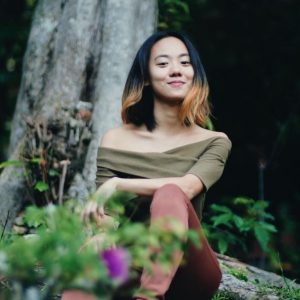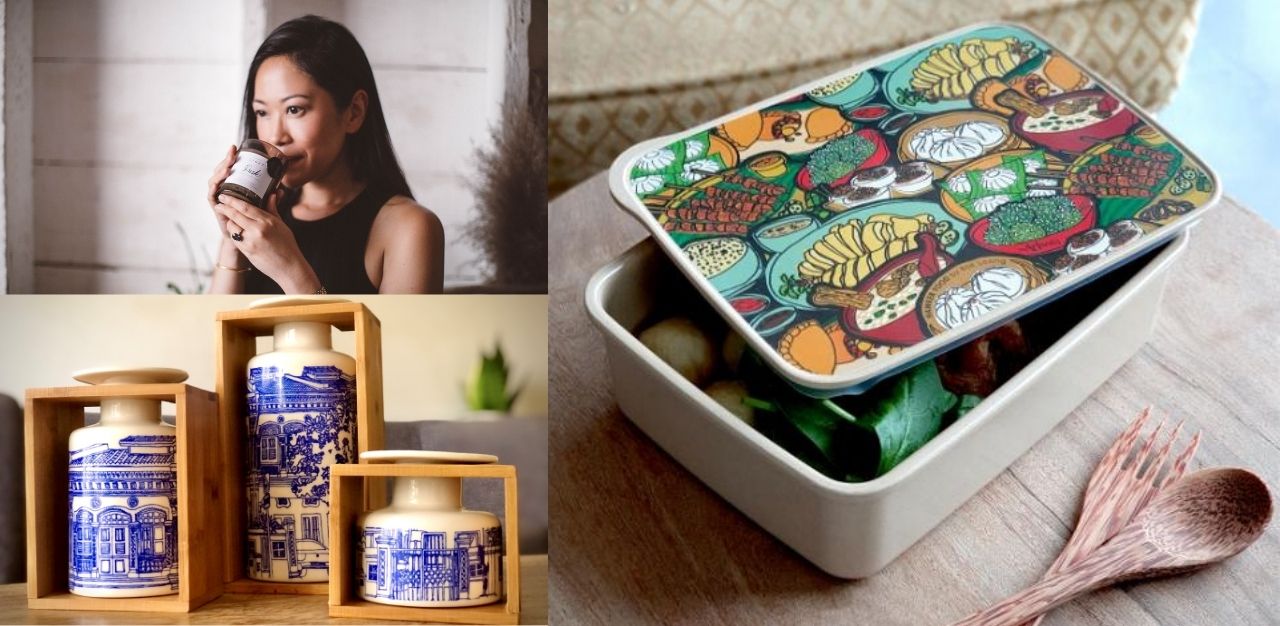The upcoming World Expo 2020 (postponed from last October due to the Covid-19 pandemic) will be held in Dubai, United Arab Emirates (UAE), from 1 October 2021 to 31 March 2022. Situated within the Sustainability District of the Expo, the Singapore Pavilion will showcase a range of innovative urban solutions to the global stage — a microcosm of the nation’s transformed landscape.
The apex of the Pavilion will feature a Sky Market, a convivial area for international audiences to learn more about Singapore’s multi-faceted heritage through a variety of media, including talks, workshops, and movie screenings for visitors to enjoy. Among these, a thoughtful curation of local brands will tell their stories through uniquely Singaporean design, some of which are inspired by the Pavilion so that visitors are able to bring home a piece of Singapore.
Says Larry Ng, Commissioner-General of the Singapore Pavilion, “our vendors… were selected for their brand ethos and alignment of their values with the Pavilion themes of ‘Nature. Nurture. Future.’,… while aiming to tell our Singapore story through the boundless creativity and entrepreneurial spirit of our retailers and vendors.”
Candles of Light
When Daphne Tan, founder of Candles of Light, returned from her studies in perfumery in Grasse, France, she didn’t intend to start a business at all. It was what her friends called an “Eat, Pray, Love” period in her life. “[The business] just took off when friends started asking me to make wedding scents for them,” she says.
The name “Candles of Light” holds deep significance for Ms Tan as it symbolises the period in her life when scent played a huge part in inspiring and uplifting her. “I really like the idea of being able to give light, as well as receive it,” she shares. “One very rewarding part about the job is when clients come back to me saying it helped them through a tough time, such as a bad breakup.”
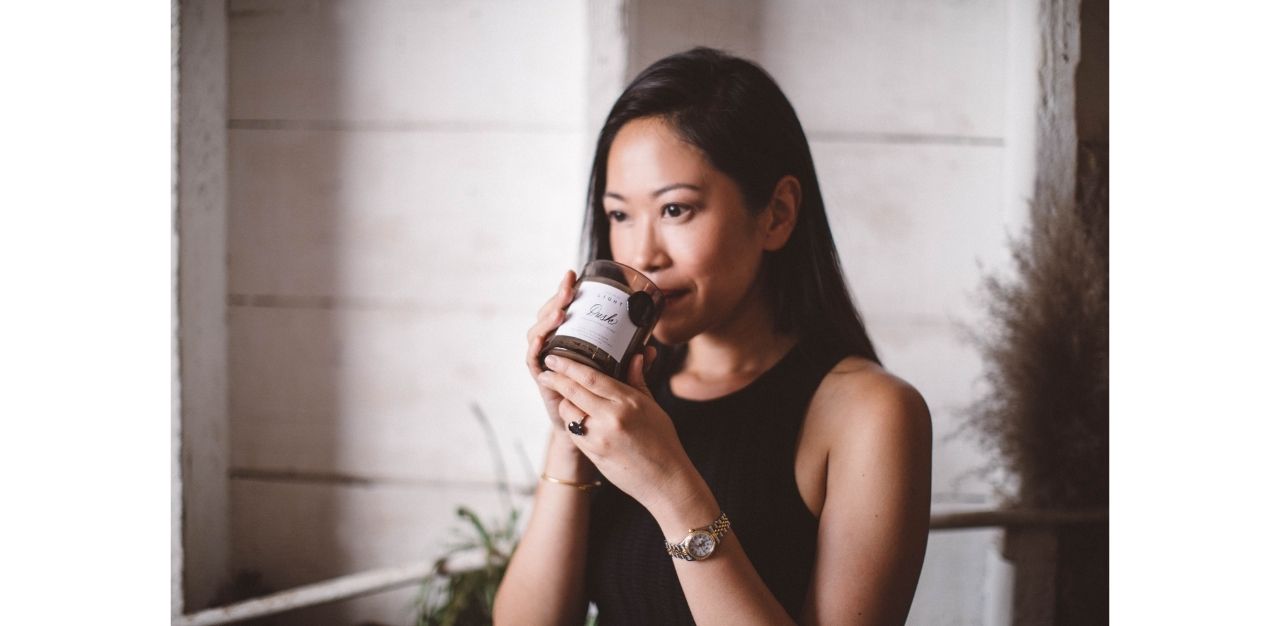
Ms Tan incorporates local elements into her olfactory designs at every turn, from sourcing local suppliers for her patchouli oil, to mixing ingredients that are often associated with Southeast Asian culture, such as kaffir lime. She also gravitates towards lighter scents, which she has found to resonate better with Singapore’s monsoon climate.
“Many home scent brands from Western climates tend not to work in tropical climates,” she explains. “Instead of the four seasons, we have either rainy or sunny. So I felt we needed something a little more simple as well.”
At the upcoming World Expo, Candles of Light will feature four special scents with the overarching theme of “Tropical Botanica”, designed to provide an aromatic tour of Singapore’s landscape. One of these scents, Torch Ginger, was inspired by Ms Tan’s fond childhood memories of the “Rojak Flower”. “My father would cut very thin shreds of these flowers to put on the top of our Rojak, which gives rise to this floral, citrusy, peppermint scent that I based this design on,” she says.
Ms Tan works mostly with essential oils and natural raw materials which have been distilled from plants. Another upcoming scent that will be featured is Spice Route, a homage to Singapore’s historical importance in the export of black pepper and nutmeg. These plantations used to line Orchard Road, which gave one of the country’s most famous streets today its name.
Supermama
Co-owned by husband-wife duo, Edwin Low and Mei Ling, Supermama was, as Mr Low puts it, “set to fail”. “In 2010, my wife had just conceived our second child. We quit our full-time jobs and downgraded from a 4-room to 3-room HDB flat, so as to be able to spend more time with the kids,” says Mr Low.
Fast forward 10 years later, the gallery store has recently been appointed the official museum store for the National Museum of Singapore, as well as the Asian Civilisations Museum. The souvenir brand has worked with more than 100 local designers who want to tell the Singapore story from their perspectives and serves as a one-stop shop for fellow Singaporeans to show their support for the creative talent on the nation’s own shores.
Mr Low struggled hard to find a uniquely Singaporean souvenir when his foreign friends came to visit, and all he could think of was the Merlion keychain. It was then that Mr Low felt an innate responsibility – as a Singaporean, and as a product designer – to put quality Singaporean design on the world map.
“If you think about good quality products, you always think of countries like Japan. I have the same ambition and passion for Singapore design,” he says. “If I want us to be known as the best designers, then I must work with the best makers, and that’s why we established the network of the best designers across the world.”
Most iconically, the brand is known for its Japan-crafted cobalt blue and white porcelain collection titled “Singapore Icons”, which was awarded the President’s Design Award – the foremost design accolade in Singapore. With access to historical records from the Asian Civilisations Museum, Mr Low was inspired by the role Singapore played as a trade hub even way before colonial times, and the medium of blue-and-white porcelain as a time capsule of sorts.
“If you want to move [goods] from east to west, you had to go through Singapore even thousands of years ago,” he explains. “And blue-and-white porcelain was the iPhone of that time. When people couldn’t take pictures, they draw their everyday scenes onto porcelain, which lasts forever and gives us a glimpse into the life and times back then.”
It is this East-West trade movement that also inspired Mr Low to look for that liminal space between the contemporary and the classical for all his designs. He distinctly remembers a famous Japanese designer looking at one of the products during an exhibition, and very puzzledly, going, “this is so Japanese… but this is so not Japanese.” According to him, these designs may not mean anything to even the overseas makers themselves, but Singaporeans immediately understand the local references.
Regardless, it wasn’t all a bed of roses for the duo. “For the first five years, I wanted to close at the end of every year,” says Mr Low. “I think things really happened for us during SG50. That was the time Singaporeans really started to celebrate Singaporean design – and they didn’t just say they did, but they actually proudly consumed local designs and products.”
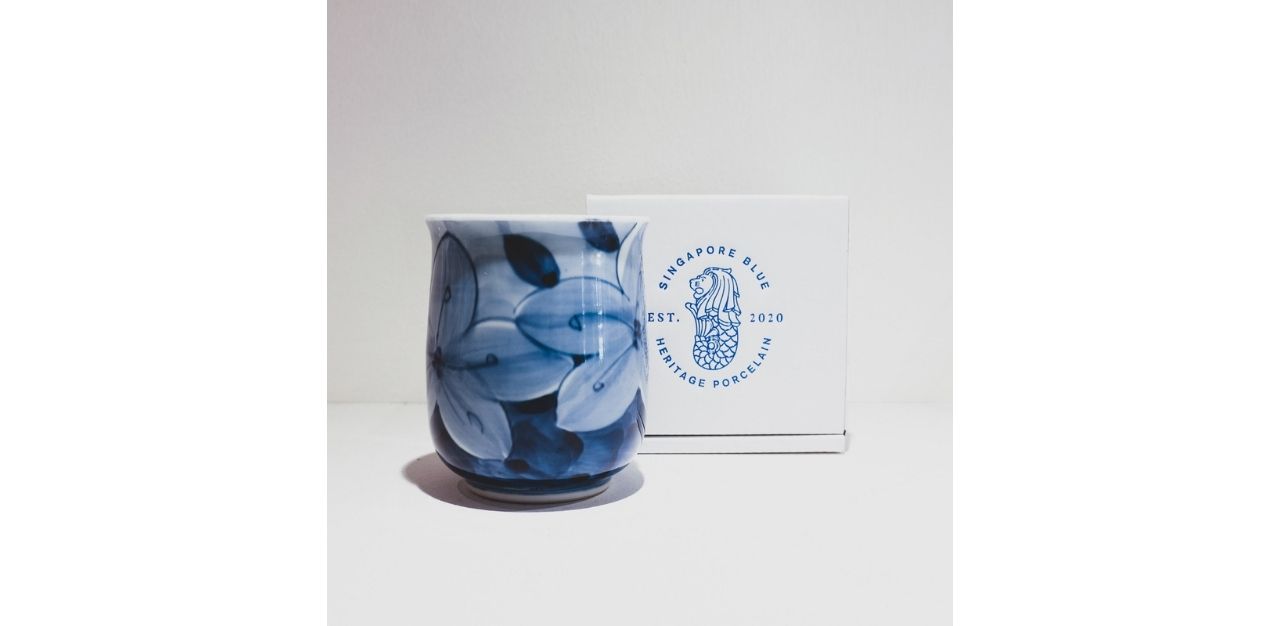
When the Covid-19 pandemic hit, Mr Low was dangerously close to shutting down altogether; their sales came to a complete stop. As a response, he posted a thought-provoking exposition on social media. “When we stop consuming local products when something like the pandemic hits, what kind of signal are we giving? That they are non-essential – which means our culture is not essential,” he summarises. “How are we then going to tell the artists and designers of tomorrow that you really believe in them?”
The next day, his sales immediately went up. “This was a turning point for us. Not only did our customers rally behind us by purchasing our products, but we also discovered a new channel — going digital,” he says. “I really hope that the world can celebrate our resilience and milestones achieved.”
Finding himself at a very exciting time in Singapore’s history, Mr Low chooses not to define what “Singapore design” really means to him. “Unlike many ancient cultures with thousands of years of history, we are only 57 years old,” he explains. “So I feel the best way to design is to allow time to design.”
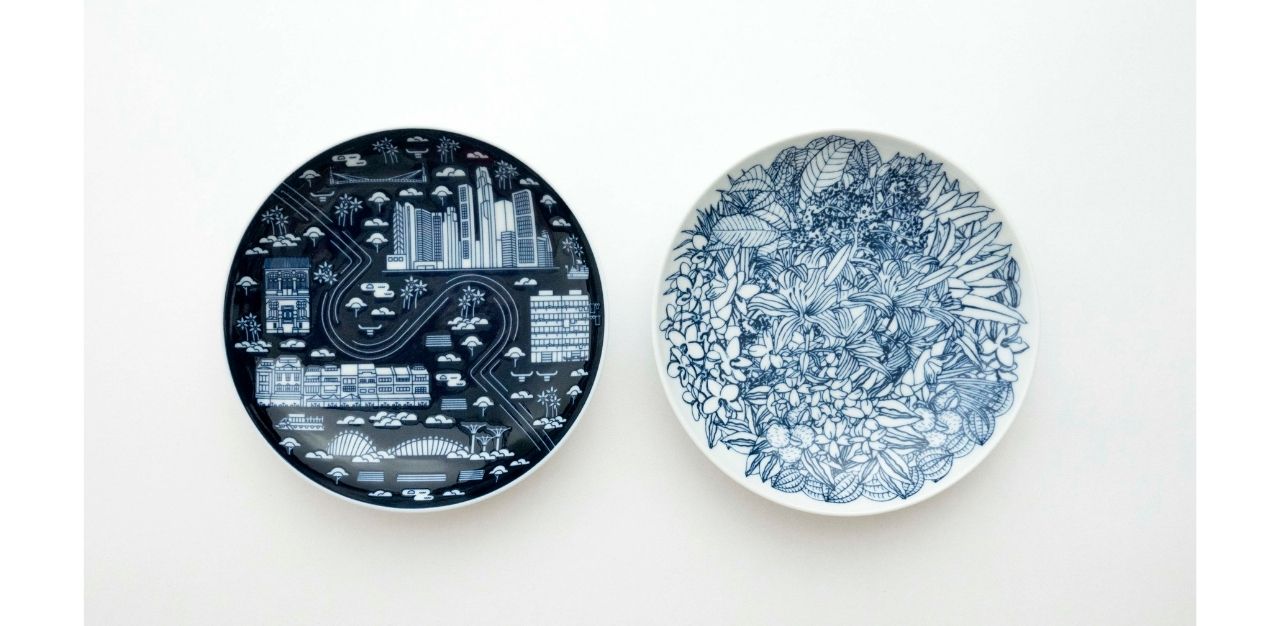
The Art Faculty
The Art Faculty (TAF) is a social enterprise created by the Autism Resource Centre (ARC) (Singapore), dedicated to showcasing the unique talents of local artists on the autism spectrum. The social service agency has a mission to help these individuals maximise their life potential through employment and training.
“We were first inspired by the unique artistic talent that some of our students in Pathlight School possessed. The school started the Artist Development Programme (ADP), where professional artists are engaged to nurture these talents,” says Jacelyn Lim, director of TAF and Executive Director of ARC.
Currently, the social enterprise has 53 artists on the royalties scheme, and helps to translate the artist’s products into high-quality merchandise for retail consumption. “The artists earn royalties from the sale of these merchandise, thus giving them a dignified source of income,” adds Ms Lim.
Contrary to what many might think, Ms Lim finds working with artists on the autism spectrum one of the most rewarding parts of the business. “They have refreshing perspectives, are very focused and always deliver within the timeline. We try to play up these key strengths of theirs,” she says.
TAF’s engagement has helped many of these artists with their directions in life. One of them, Fong Bok Loong, was previously unsuited for open employment. “But when his mother approached us and we saw that he could draw incredibly well, we engaged him to become one of our artists,” says Ms Lim.
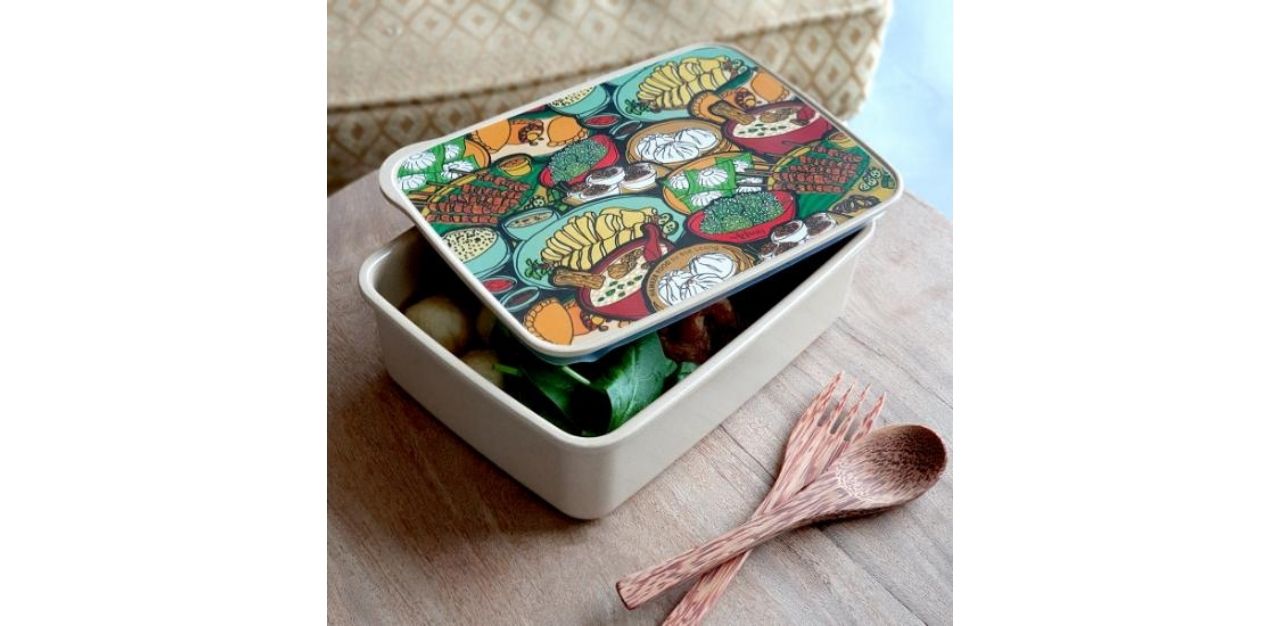
Since then, Mr Fong’s authentically local hawker food designs have been adapted into a variety of products, many of which have emerged as the store’s bestsellers. “He has been very encouraged by this, and has been actively drawing as a merchandise artist and earning a very decent income for himself,” she adds.
Join the conversations on TheHomeGround Asia’s Facebook and Instagram, and get the latest updates via Telegram.
